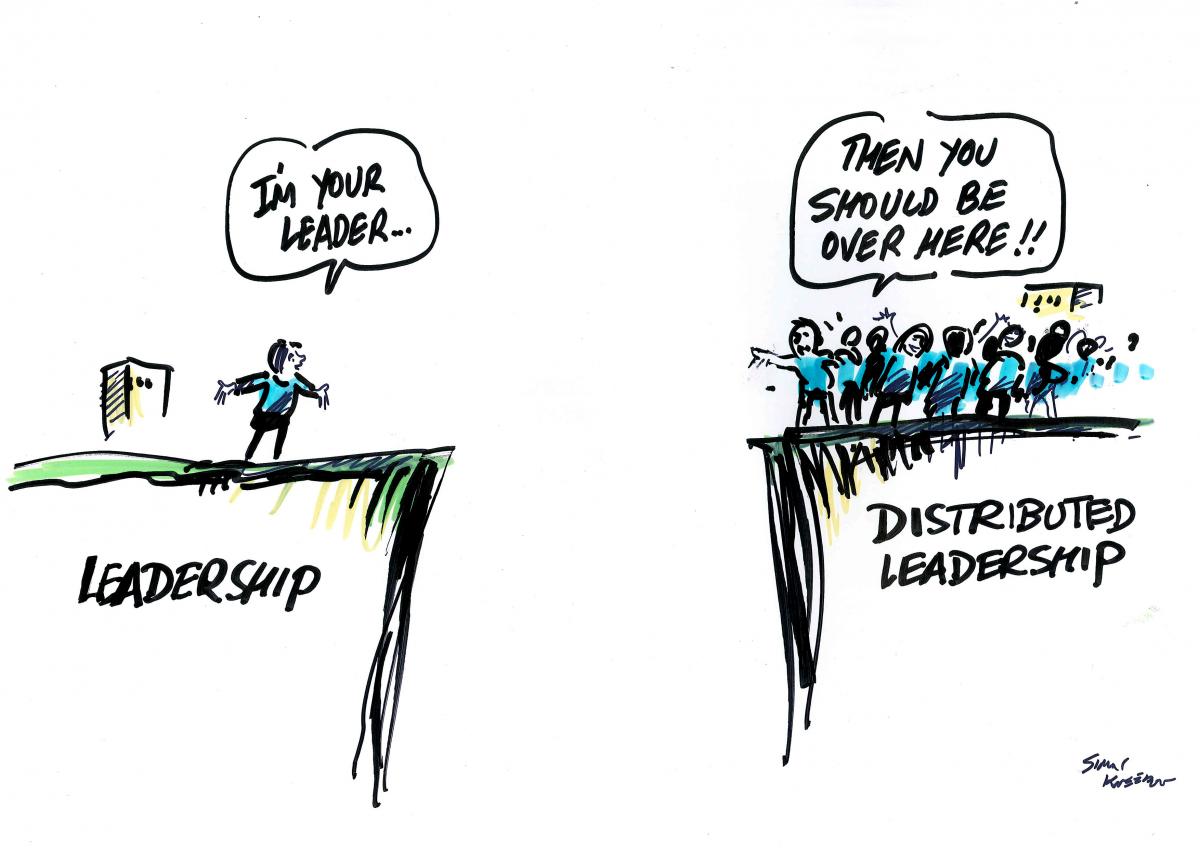Enabling distributed leadership
In this section, a number of tools are presented which will enhance the enabling of distributed leadership in your institution.
Why use distributed leadership?
The higher education sector is in the process of significant change, as it seeks to respond to the many and varied pressures upon it. These pressures require both institutional and individual change. Institutions need to review and change structures, processes and rules; individuals need to review and change their practices.
This has led to much discussion about what constitutes leadership in higher education and how to build systematic, multi-facetted and collaborative leadership capacity. For example, academic staff have always been expected to have the traditional dual roles as teacher and researcher but this has now expanded to include leadership. Traditional leadership theories that focus on the traits, skills and behaviours of individual leaders provide little assistance in the broader notion that, for example, all academics are leaders. The emergent idea of distributed leadership presents a more inclusive notion of leadership for universities and thus provides a useful approach to develop the leadership of academics, executive and professional staff.
Important factors
Four important factors are required to be considered when introducing distributed leadership:
1. a focus on ACTIONS rather than simply processes or structures
2. the design of a REFLECTIVE process to scaffold action through cycles of change as new issues and ideas emerge
3. the development of a dynamic process to ENABLE distributed leadership that goes beyond evaluation
4. recognition of the HYBRID nature of distributed leadership that values working alongside, rather than replacing, formal leaders.



